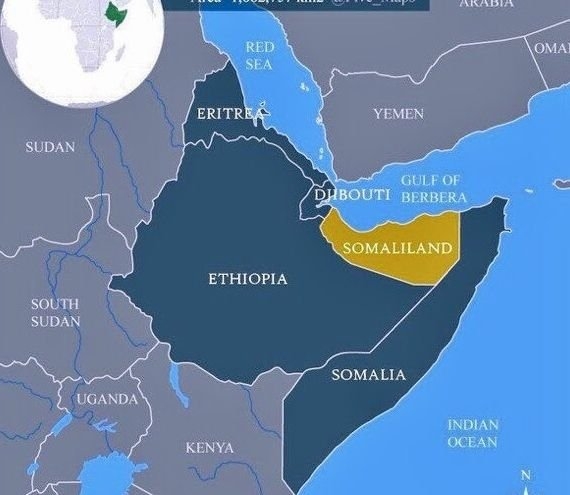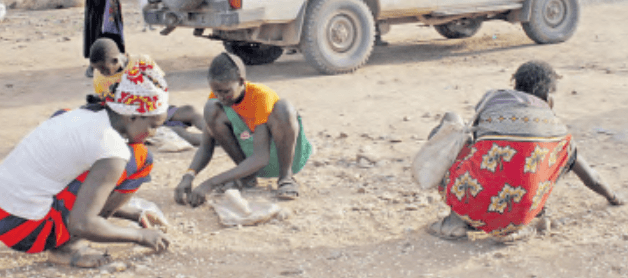There is a troubling decline in the uptake of the malaria vaccine doses as children age, leading to higher risks of malaria infection, researchers say.
Children need to take all four doses of RTS,S to fully benefit from the vaccine.
However, a team of researchers reveals adherence drops significantly after the first dose. The majority of those who take the first dose never return for the final one.
“We conclude that there is poor uptake of RTS, S doses, especially the third and fourth doses,” said Irine Okanda, a research scientist at the Jaramogi Oginga Odinga University of Science and Technology, who led the study.
This is one of the many studies that have reported this decline.
Okanda and her colleagues conducted their study in Muhoroni subcounty and utilised data from 319 caretakers of children aged six-36 months.
They said the first dose was administered to 72.1 per cent of eligible children, reducing to 66.68 per cent in the second and 59.4 per cent third dose.
By the fourth dose, the uptake plummeted to just 31.35 per cent of eligible children.
The first dose is given when a child is in the sixth month, the second at the seventh month, the third at the ninth month and the last at the 24th month.
This decline is particularly troubling given the study’s findings on the correlation between vaccine compliance and malaria infection rates.
"Children who did not receive the recommended doses were significantly more likely to contract malaria," another researcher explained.
"In fact, those who missed their vaccinations were six times more likely to be infected compared to fully vaccinated children."
The results also indicated that a child who had not received any malaria vaccine was three times more likely to contract malaria compared to a child who received at least one dose of the vaccine but did not complete the recommended dosage.
Okanda and her colleagues warned their report only focused on Muhoroni and may not represent the real situation in other parts of western Kenya.
However, the findings are consistent with several other studies showing poor uptake of final doses of RTS,S.
A separate report 'Malaria vaccine coverage estimation using age-eligible populations and service user denominators in Kenya' published in Malaria Journal last year delivered a similar verdict.
The researchers analysed 818,648 RTS,S doses given 36 months in western Kenya.
“Overall, service-based malaria vaccine coverage was 96 per cent, 87 per cent, 78 per cent and 39 per cent for doses one to four respectively,” they said.
The WHO’s Full Evidence Report on the RTS,S/AS01 Malaria Vaccine, released in 2021, also warned there was a high dropout rate during the vaccine pilot.
“Preliminary information suggests dropout rates between dose three and dose four have been around 19-30 per cent in Malawi,” the report said.
Okanda and colleagues recommended proper partnership and support to improve the uptake.
“Future efforts should focus on identifying and addressing barriers to malaria vaccine uptake and targeted interventions should be explored to improve the uptake of the third and fourth doses of the malaria vaccine,” they said.
Other researchers are Erick Okuto, Emily Abuonji, Moses Sadia and George Ayodo from the JOOUST.
The others are Alice Lakati of Amref International University and Patrick Owili of the Africa Population and Health Research Centre.
A four-dose regime is unusually lengthy as most childhood vaccines require fewer doses.
For instance, the measles-rubella regime is two doses. The pentavalent vaccine requires three shots to protect children against five diseases – hepatitis B, haemophilus influenza type b, tetanus, diphtheria and pertussis.














